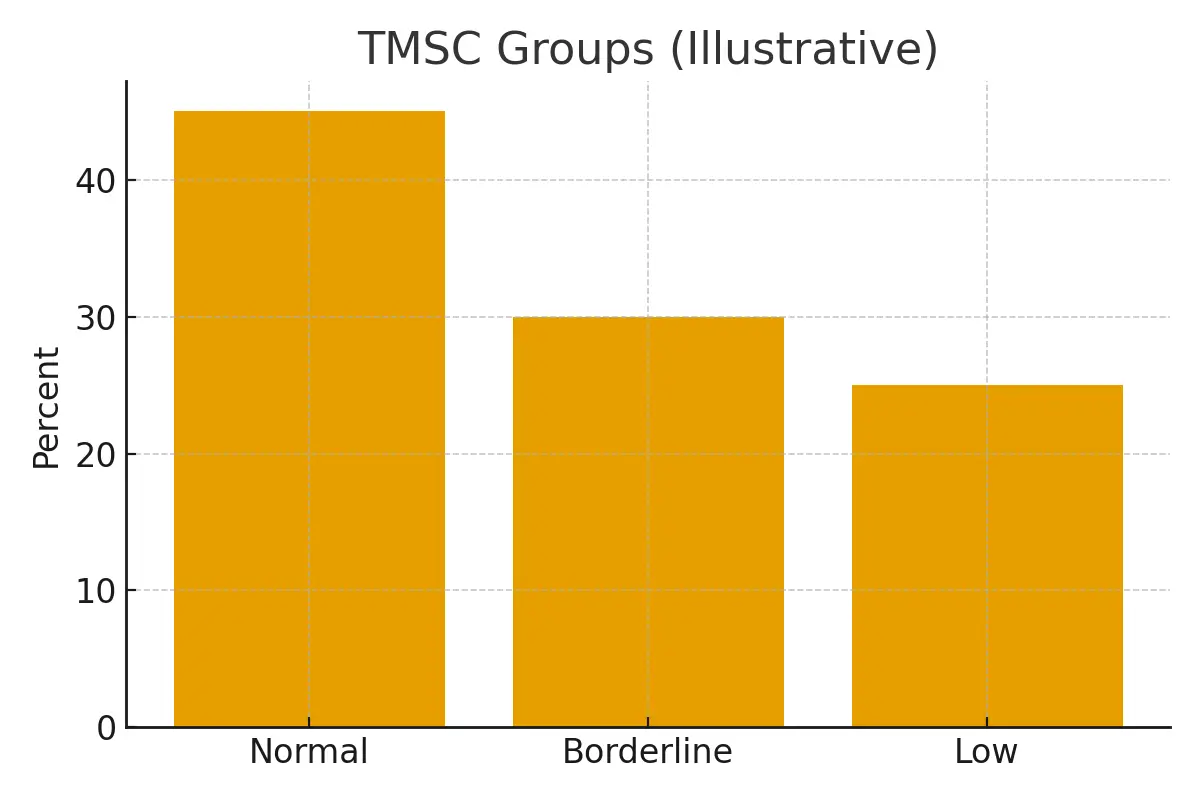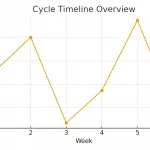
A plain-English breakdown of how TMSC influences your chances with IUI, when IVF/ICSI offers better reliability, and how upstream decisions—like optimizing lifestyle, repeating semen tests, or addressing DNA fragmentation—affect downstream results such as fertilization rates and embryo quality.
This guide shows you where each treatment fits, what it can and cannot change, and how to select the right path without losing time.
Who It Helps
This pathway is designed for couples deciding:
“Should we try IUI again, or is it time for IVF/ICSI?”
It helps people who have:
- Borderline or fluctuating semen results
- Mild male-factor infertility
- Prior IUI attempts that didn’t succeed
- Age or timeline considerations
- Confusion about how TMSC relates to real-world success rates
IUI tends to be a good fit when:
- Post-wash TMSC ≥ 8–10 million
- Female partner < 35–37 with good ovarian reserve
- At least one open tube
- Mild or moderate male-factor only
A different path may be better when:
- TMSC is consistently <5 million
- DNA fragmentation is high
- Female age > 37–38
- Several timed IUIs already failed
- Time is a pressure (medical or personal)
Signals that guide decision-making include age, hormone labs, semen trends, DNA fragmentation, ultrasound findings, treatment history, and prior response to lifestyle or supplements.
Step-by-Step
A simple, structured pathway with clear checkpoints designed to protect embryo quality and reduce emotional stress:
1. Baseline Assessment
Semen analysis, TMSC, DNA fragmentation, ovarian reserve, and tubal evaluation.
2. Optimize Upstream Factors (6–8 weeks)
Lifestyle adjustments, heat-exposure control, weight optimization, sleep, targeted supplementation, and medication review.
3. Repeat Semen Testing
Use trends—not a single test—to choose the right treatment.
4A. If TMSC ≥ 8–10M → IUI Path
Plan 2–3 monitored cycles with a reassessment after each attempt.
4B. If TMSC < 5M → IVF/ICSI Path
Move directly to IVF/ICSI for higher fertilization reliability and faster results.
5. Pre-IVF Checkpoint
Reassess TMSC and DNA fragmentation to safeguard embryo quality before stimulation.
Pros & Cons
IUI — Pros
- Lower cost, simpler process
- Minimal medications
- Good success rates when TMSC is optimal
- Can attempt quickly with low downtime
IUI — Cons
- Lower success per cycle
- Limited effectiveness with borderline TMSC
- No control over embryo development
IVF/ICSI — Pros
- Highest fertilization reliability
- Direct visibility of embryo growth and quality
- Works even with low TMSC or abnormal motility
- Faster path when age or time is critical
IVF/ICSI — Cons
- Higher upfront cost
- More physical and emotional demands
- Requires injections and close monitoring
Costs & Logistics
To avoid surprises, we break costs into predictable pieces:
- IUI cycle fees
- IVF/ICSI cycle fees
- Medications
- Semen testing
- Imaging and consults
- Embryology charges (when applicable)
We also guide you through:
- Insurance coverage and prior authorization
- Side-by-side cost comparisons (e.g., 3 IUI cycles vs 1 IVF cycle)
- Easy cash-flow planning and tracking templates
What Improves Outcomes
Actions that actually matter:
- Optimizing TMSC through lifestyle and supplement changes
- Ensuring proper ejaculation timing before semen tests
- Reducing heat exposure and oxidative stress
- Repeating semen analysis to confirm true trends
- Treating varicocele when indicated
- Improving ovarian stimulation strategy (for IUI or IVF)
Actions that rarely improve outcomes:
- Doing multiple IUIs with low or inconsistent TMSC
- Taking high-dose antioxidant blends without lab guidance
- Making decisions based on one semen test
- Delaying escalation when age or timeline is sensitive
Case Study
A couple in their early 30s completed two IUIs without pregnancy.
The husband’s TMSC varied wildly—from 6M to 14M—depending on sleep, hydration, and 5–7 days of abstinence.
What we did:
- Corrected lifestyle and abstter 8 weeks
Result:
TMSC stabilized at 12M, allowing two more IUIs.
They conceived on the second cycle, avoiding premature IVF and saving significant cost and emotional strain—thanks to clear thresholds and structured communication.
Mistakes to Avoid
- Attempting IUI when TMSC is consistently <5M
- Relying on a single semen test to make decisions
- Ignoring fragmentation or severe motility issues
- Doing more than 3 IUIs without a strategic review
- Waiting too long to escalate when age is a factor
- Using generic supplements without lab guidance
FAQs
Q. What TMSC is best for IUI?
Ans : Generally 8–10 million or higher post-wash.
Q. Can I do IUI with 5–7 million TMSC?
Ans : Possibly, but success rates are lower. Many clinics recommend IVF/ICSI in this range.
Q. How many IUIs should we try?
Ans : Usually 2–3 carefully timed cycles.
Q. Do I need ICSI if TMSC is low?
Ans : Yes—ICSI is preferred when motility or TMSC is significantly reduced.
Q. Can lifestyle improve TMSC?
Ans : Yes. Sleep, heat, alcohol, smoking, diet, stress, and targeted supplements have measurable effects.
Next Step
- Free 15-min nurse consult
- Upload your labs for a personalized review
- Receive a customized cost breakdown for your case
Related Links

Dr. Kulsoom Baloch
Dr. Kulsoom Baloch is a dedicated donor coordinator at Egg Donors, leveraging her extensive background in medicine and public health. She holds an MBBS from Ziauddin University, Pakistan, and an MPH from Hofstra University, New York. With three years of clinical experience at prominent hospitals in Karachi, Pakistan, Dr. Baloch has honed her skills in patient care and medical research.





